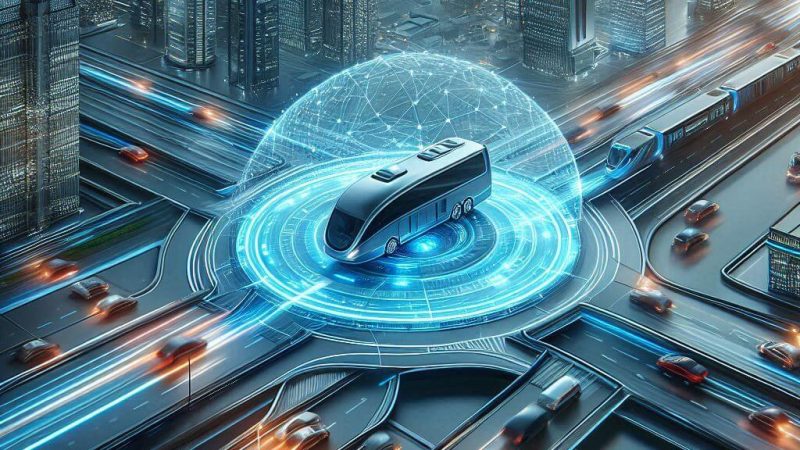What is ESP

ESP stands for Electronic Stability Program, which is a crucial safety feature in modern vehicles. The ESP system is designed to enhance a vehicle’s stability and improve control in various driving conditions. This article will provide a comprehensive overview of the ESP system, its components, and its functions.
Contents
Introduction to the ESP System
The ESP system is an advanced automotive safety system that helps prevent skidding, loss of control, and rollovers. It uses electronic sensors, hydraulic systems, and intelligent algorithms to detect and mitigate potential hazards on the road.
Types of ESP
Electronic Stability Program (ESP) is an advanced safety feature that has become increasingly common in modern cars. It is designed to enhance the stability and control of a vehicle by automatically applying brakes to individual wheels and controlling the engine output when needed. By doing so, ESP helps to prevent loss of control and improve overall safety on the road. In this article, we will discuss the different types of ESP found in cars today.
- Full-range ESP: This is the most common type of ESP found in cars. It offers comprehensive control over the vehicle’s stability and employs a combination of anti-lock braking system (ABS), traction control system (TCS), and yaw control. Full-range ESP continuously monitors various parameters such as steering angle, throttle position, vehicle speed, and lateral acceleration to determine the optimal intervention required. It can independently brake individual wheels to counter oversteer or understeer and stabilize the car.
- ABS-based ESP: This type of ESP builds upon the Anti-lock Braking System (ABS). ABS-based ESP primarily focuses on preventing wheel lock-up during emergency braking situations. It relies on the ABS wheel-speed sensors to monitor individual wheel speeds and modulates the brake pressure accordingly. By preventing wheel lock, ABS-based ESP helps to maintain steerability and stability, reducing the risk of skidding.
- TCS-based ESP: Traction Control System (TCS) is an integral part of ESP that prevents wheel slip during acceleration or when driving on slippery surfaces. TCS-based ESP utilizes the TCS sensors to monitor wheel speed and compares it with the vehicle speed. If the system detects wheel spin, it intervenes by reducing engine power and applying brakes to the spinning wheel. By enhancing traction, TCS-based ESP allows for better control when accelerating on low-grip surfaces.
- Yaw Control ESP: Yaw control is an essential component of ESP that helps to maintain the vehicle’s trajectory during cornering. Yaw Control ESP uses sensors to measure the car’s lateral movement and compares it with the driver’s intended path. If the system detects a deviation, it selectively applies brakes to the relevant wheels to correct the yaw motion and keep the car on track. Yaw Control ESP is especially effective in preventing oversteer or understeer situations.
- Roll Stability Control (RSC): RSC is a specialized ESP variant designed to prevent rollovers. It uses a combination of sensors, including accelerometers and gyroscopes, to detect the vehicle’s roll angle and lateral acceleration. If the system determines a risk of rollover, it selectively applies brakes to specific wheels and adjusts engine torque to counteract the instability. RSC greatly enhances the safety of taller and top-heavy vehicles, such as SUVs and vans.
- Adaptive ESP: Adaptive ESP is an advanced version of the system that continuously adjusts its intervention based on the driving conditions. By utilizing additional sensors and data from various vehicle systems, adaptive ESP can adapt to different road surfaces, weather conditions, and driving styles. This allows for more precise control and maximizes the system’s effectiveness in different scenarios.
Components of the ESP System
a) Sensors: The ESP system utilizes multiple sensors, including wheel speed sensors, steering wheel position sensor, yaw rate sensor, and lateral acceleration sensor. These sensors gather data about the vehicle’s dynamics and movements.
b) Electronic Control Unit (ECU): The ECU is the brain of the ESP system. It processes the data from the sensors and activates the necessary corrective actions.
c) Hydraulic System: The ESP system operates using the vehicle’s existing hydraulic braking system. It can modulate the brake pressure on individual wheels to maintain control and stability.
Functions of the ESP System
a) Traction Control: One of the primary functions of the ESP system is to control traction. It detects wheel slip during acceleration and applies braking force to the spinning wheel, redirecting power to the wheels with better traction.
b) Stability Control: The ESP system continuously monitors the vehicle’s dynamics and detects any deviation from the driver’s intended path. In case of skidding or loss of control, it automatically intervenes by selectively applying the brakes to individual wheels to correct the vehicle’s trajectory.
c) Roll Stability Control: The ESP system can detect the risk of a rollover and activate measures to prevent it. By reducing engine power and applying individual wheel brakes, it helps maintain the vehicle’s stability during sharp turns or sudden maneuvering.
d) Hill Start Assist: The ESP system includes a feature called Hill Start Assist, which prevents the vehicle from rolling backward when starting on an incline. It maintains braking force until the driver applies sufficient acceleration.
Benefits of the ESP System
a) Improved Safety: The ESP system significantly enhances vehicle stability and control, reducing the risk of accidents due to skidding or loss of control.
b) Enhanced Traction: By regulating wheel slip, the ESP system enhances traction on slippery surfaces, such as snow or rain, improving driver confidence and control.
c) Rollover Prevention: The ESP system helps prevent rollovers by actively monitoring the vehicle’s dynamics and intervening when necessary.
d) Increased Resale Value: Vehicles equipped with ESP systems are considered safer and more desirable, increasing their resale value.
Limitations of the ESP System
While the ESP system is highly effective, it is important to acknowledge its limitations. The system cannot overcome physical limitations such as excessive speed or sudden changes in road conditions. Additionally, it cannot guarantee safety under all circumstances, highlighting the importance of driver awareness and responsible driving.
In conclusion, the ESP system is a crucial safety feature that greatly improves vehicle stability, control, and overall safety. By utilizing advanced sensors, intelligent algorithms, and the hydraulic braking system, it helps prevent skidding, loss of control, and rollovers in various driving conditions. The ESP system is an invaluable addition to modern vehicles, providing drivers with enhanced safety and peace of mind on the road.


